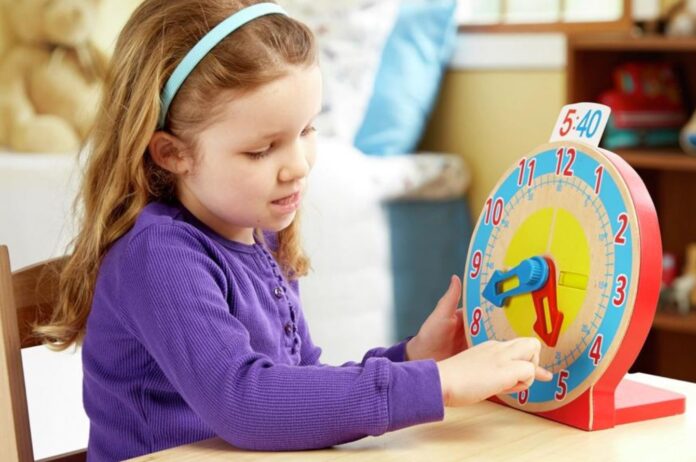Learning toys is not only fun for telepathy children. Playing time for children is like working time for adults. Many adults and children think that time is not good, which allows children to learn and grow physically, mentally and socially.
Thus, playing time is similar to working time, and toy learning is like working tools. Proper toys help children get the most out of their playing time. This, of course, changes the way we think about toys, and the importance of the role of parents in choosing the right toys for children.
Here are some suggestions on how to look or get an appointment for baby toys.
- Your child should love the toy and be interested in it. It should be easy to find.
- Toys must match the child’s physical abilities.
- Toys must match the child’s mental and social abilities.
- Toys should be well-built, durable and safe.
Other factors to consider when choosing toys are knowing the types of advantages offered by different toys. The study of toys can be divided into several categories depending on the preference given to children.
Active reading toys help children develop full motor skills. Develops full motor skills using large muscle groups. These skills are essential for a healthy balance of development, walking, spinning and running. Steps to develop good motor skills help to develop physical strength through cardiovascular development.
Toy manipulation helps to develop good motor skills, which means coordinating small muscle movements like finger and hand. These skills are essential for the healthy development of handwriting and drawing. These include construction toys, puzzles, modeled toys, manipulative toys, crate toys, water learning toys, ties and strings and doll clothes.
Safe toys help children develop their dreams.
In a confident world, children can play a role in a variety of situations, and they can experiment with practice and work outcomes. Children develop real-world skills through their imaginations. Fantasy worlds give children a safe place without bringing their positive and negative emotions into the real world. Fantasy games help children play the role of their parents and even help them reveal their identities. As they master their imaginary roles, children become more self-respecting, which in turn leads to self-esteem. Fantasy games allow children to control their lives without the dangers of real life. An imaginary game allows children to think creatively.
Creative Toys –
Creative games help children create their own masterpieces, musical toys, arts and crafts, or show them what mom and dad can do for them. Creativity can stimulate children with creative expressions from the real world in the form of dramatic plays, music, music-hemed movies, art museums, videos (not too many).
Toy Learning –
This category is as wide as most people think and includes a wide variety of toys, even toys that are usually not related to reading. Traditionally, this category includes electronic toys, which are equivalent to mini-computers in the cost of education. Other learning toys include strategy games such as board games, chess, puzzles, and program games.
Understanding these five key advantages of different toys can help parents make decisions when choosing toys for their children.
Every toy is a toy for children to learn.
Babies and infants are still learning basic ideas about the world, and the opposite, numbers, left and right, back and front concepts are still in the early stages of development. Toys that keep their attention and encourage them to think of new ideas will help them to master important motor skills, which can later lead to better motor skills, hand coordination, arithmetic and reading.
Most small toys are made with special reading features in mind. For example, they may have a wheel that behaves differently when turning right or left, which teaches the child that there is a difference between left and right and that the movement of the toy wheel can affect the world. These children’s games often show or show numbers that correspond to a particular part of the game, helping children figure out what the large numbers in the toy mean.
